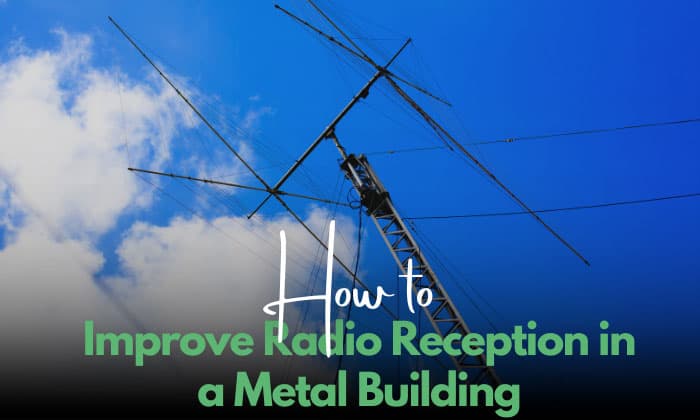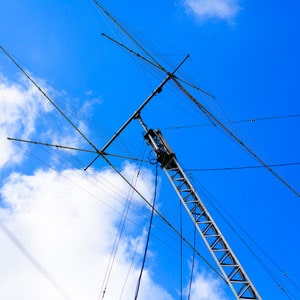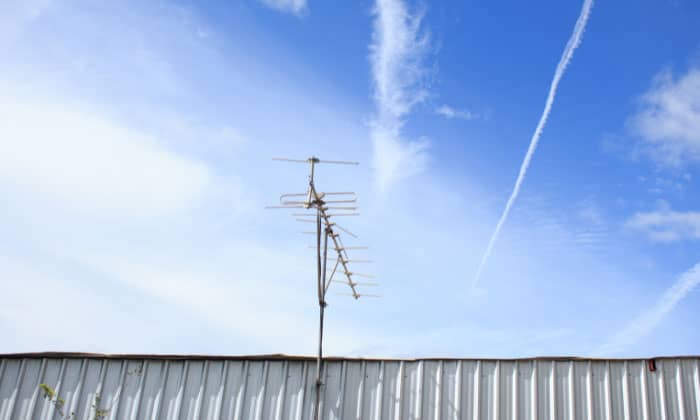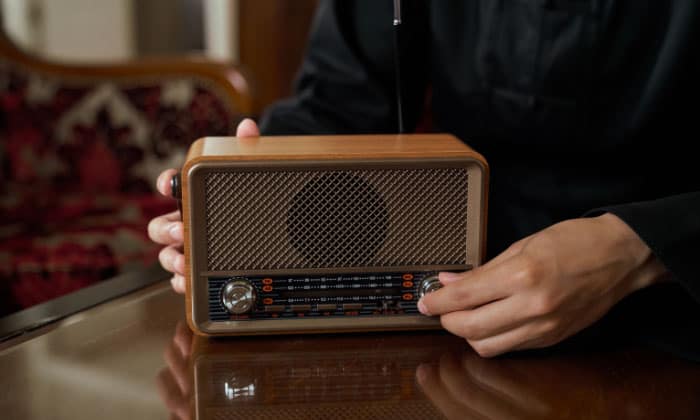Most industries today utilize metal buildings because of their robustness and durability to protect against harsh conditions and pest infestations like termites. It is the same reason why businesses, workplaces, and even homes consider them a better foundation for their buildings.
However, a problem might emerge when you stay inside one and listen to your favorite FM radio station. It is because metals are highly reflective and conductive to radio waves.
But you don’t have to reconstruct your house, so don’t worry. Just continue reading to learn how to improve radio reception in a metal building and you’ll know that you only need to create a homemade FM antenna booster using affordable materials!
Contents
Step-by-Step to Improve Radio Reception in a Metal Building
The best way to get better FM radio reception in a building is to focus on your radio antenna itself and try to boost it up. So prepare the following materials and obey the steps to effectively boost radio signal in a building with metallic components on your own.
What to prepare
- Spacious indoor location for your radio
- An old but functioning and suitable TV antenna (e.g., TV rabbit ears antenna)
- Wire or cables suitable for your radio antenna
- U-hooks
- Electrical tapes
- Pliers
Step 1: Study your radio’s location
Aside from knowing the impact of living inside a metal building, go deeper by studying the area you plan to place your radio. This is the first thing you need to do to improve FM radio reception.
Do this by looking for an optimal place indoors and making sure that the physical obstructions are minimal to have a small chance of interference. Physical obstructions include electronic devices, thick walls, etc. that may cause radio transmissions to be blocked.
Step 2: Relocate the radio
After you study the indoor components around, also make sure that it is located as high as possible. Do not just relocate your radio to an area where there are fewer obstructions by having it more elevated like placing it above an object.
Step 3: Check the antenna
Before doing a major step, try checking your antenna. Look for any damages and try to clean it up if there is oxidation or corrosion on it.
Also, you may check its connection to the head unit so you might find out that this is the only thing you need. Otherwise, proceed to the next step.
Step 4: Use an optimized external antenna (indoor)
If you found an issue with your existing antenna, replace it. You may look for an amplified indoor antenna in several online listings available that offer cheap but effective ones.
Having this will be an advantage and to easily get radio reception in a metal building but make sure you use a dipole one.
If you don’t have any plans to cut some budget for this one, an alternative is to utilize a TV rabbit ears antenna. Accomplish this by attaching them using u-hooks into the antenna screw terminals of your radio.
Also, take note that the antenna you are making should be horizontally structured to effectively capture the FM signals. You may then connect it to your radio.
Step 5: Change the radio from stereo to mono
Most radios are bought with preset stereo mode. However, it might be hard for your radio to catch the frequencies because of the place you are in.
So, it is advised to change the radio to mono. This way, your radio will have a change in its output clarity and you will have better reception.
Step 6: Use an optimized external antenna (outdoor)
If you have the budget, buy yourself a ready-made optimized outdoor antenna. This will be a lot easier for you because you only need to place it on an elevated part of your house or workplace and you may then have a better radio experience.
But to save more, you may also use an old TV antenna for this one. Just make sure that the antenna you plan to use is suitable for your radio.
An option for this one is to connect the radio to the metal building itself to serve as an external antenna. Although it is not proven to be consistently effective, it is still worth a shot to try using a metal building as an antenna.
Moreover, if you have a radio with a single wire antenna, you just have to strip its endings using any tool you have available (pliers are enough) to expose the copper wire. Then coil and connect it to a metal object that is elevated such as a metallic roof or ceiling and secure it using electrical tape.
Step 7: Have a cell signal repeater system
This step may be optional but installing a repeater system is one way to boost cell signal in metal buildings, a bonus not just for radios! There are a lot of these available online which could dramatically increase cell phone signal as well as on your radio.
Step 8: Test the radio
The last thing you need to do is to test your radio’s performance. If you are still unsatisfied, you may repeat some of the steps but make sure to not overdo anything to avoid more complications.
Reasons for Pouring Reception in a Metal Building
The science behind metals and radio waves is the main reason why there is a decline in performance when using a radio inside a metal building. The following are the more expounded reasons and the other factors.
1. Radio signals are either bounced back or absorbed
Scientifically speaking, metals are known to have a high reflectivity rate which could reflect most electromagnetic (EM) waves like radio waves. Because of this, having them around could create a bad environment for radio operators.
Also, there is a high possibility that the poor reception is caused by metals around the area that absorb the radio waves instead of going directly into your radio. Such common metals that could be interfering are copper and aluminum.
2. Type of antenna
Generally, there are three types of radio antennae such as directional, semi-directional, and omnidirectional. These have different functions with advantages and disadvantages.
Check what type of antenna you have. There is a lot of information found online and some of them are on this website (check them out).
3. Antenna location
Another factor is the location of your antenna. The lower it is located, the more obstructions it could have.
Also, the distance of your antenna from other objects can affect its performance. You might wanna move those objects around it.
4. Number of users
This is common in workplaces and offices. Too many users at the same time can contribute to the problem, especially if your company uses a shared antenna.
5. Electrical Obstructions
Devices that emit electricity are also contributors to obstructions. When these are turned on around your radio, a significant drop in the performance might be experienced.
What is the Best Radio to Use in a Metal Building?
There is only one thing you need to remember to get the best radio in a steel building. Make sure that you choose a unit with an external antenna available.
The reason behind this is its ability to give you the option to maximize and boost its reception when you are unsatisfied with its initial performance. Since metals are great conductors and/or reflectors of radio waves, having an external outside your building is an advantage to make your radio experience a lot better compared to having none.
Helpful Tips
1. Have a radio repeater
As mentioned, having a radio repeater nearby is an advantage in this matter. It will help aid the bouncing off of the radio waves and their chances to be just absorbed by the metals in your building.
Many units are more advanced you can pick if you or your company has the budget. You can optimize not just the radio signals but also your cell phones.
2. Remove all possible obstructions
Since you are inside a metal building, get rid of the other obstructions. Turn off the unused electrical equipment, have space for your antenna, and make sure to elevate it as high as possible.
3. Connect to an expert
If all of those steps and tips fail, don’t hesitate to connect to an expert on this matter. It is important that you know your limitations since it still consists of some risks like installing an antenna in a high place.
Try not to do it all by yourself and ask for help from your colleagues. And if you are in the workplace, reach out to your boss and ask for help.
Conclusion
Now that you have learned about how to improve radio reception in a metal building, please consider sharing it with your friends, especially those who live in the same environment. Let them know what are the possible causes of the radio interference they experience so they could also try to aid their situation.

Hello! I am Hart, the content writer and editor here at G0HWC. I used to be in the same local radio club with Howe, and he convinced me to join him in spreading my love for the radio with others. With a background in radio studies, I spend every day crafting accurate, easy to read content on various topics related to owning and using radios. I hope that my content can help you confidently venture in your radio journey!





